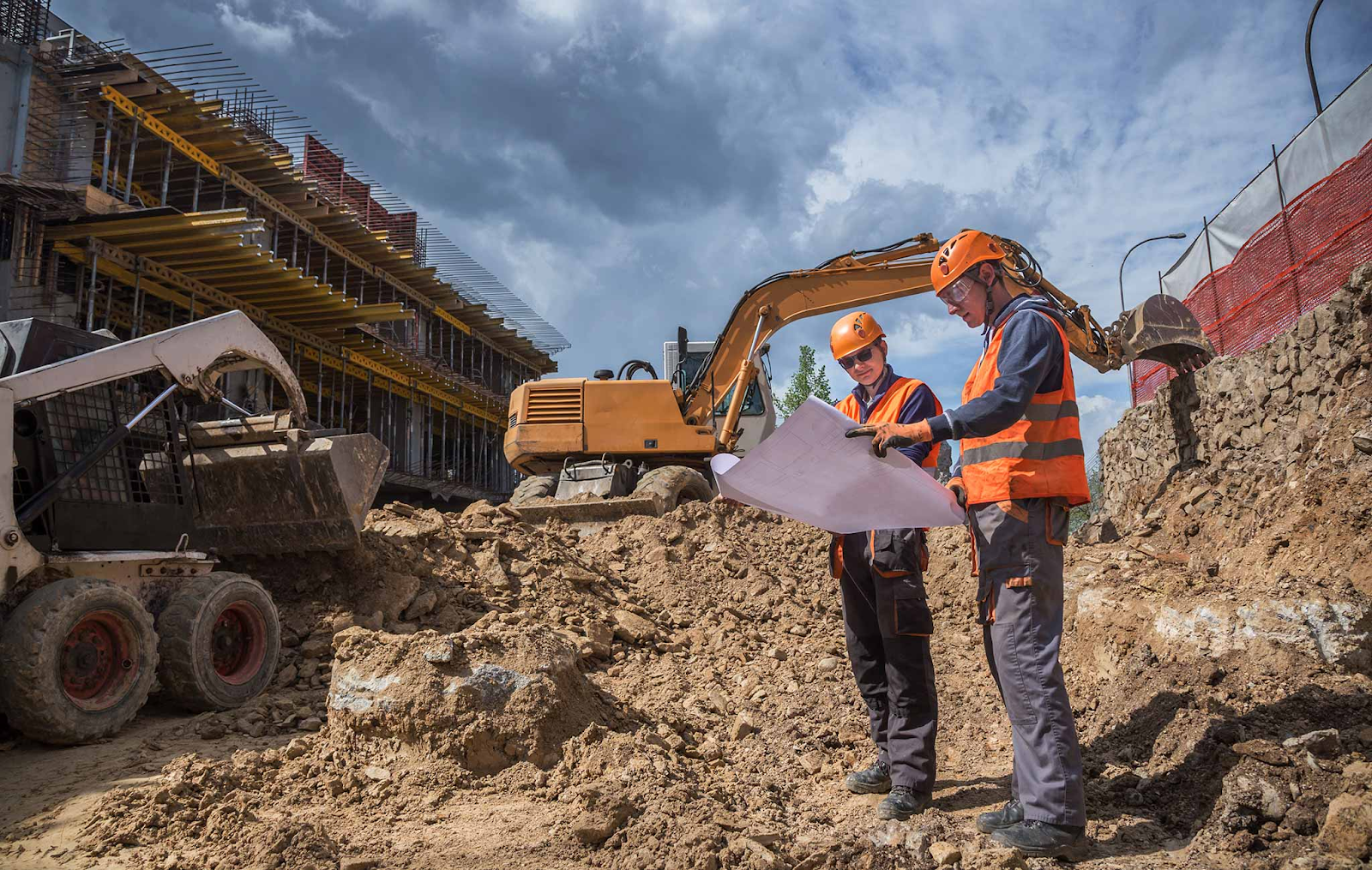Specialized Geotechnical Engineering Solutions for Beginners
Specialized Geotechnical Engineering Solutions for Beginners
Blog Article
10 Easy Facts About Specialized Geotechnical Engineering Solutions Described
Table of ContentsThe Best Guide To Specialized Geotechnical Engineering SolutionsThe smart Trick of Specialized Geotechnical Engineering Solutions That Nobody is Talking AboutThe Definitive Guide to Specialized Geotechnical Engineering Solutions8 Simple Techniques For Specialized Geotechnical Engineering Solutions
They perform site investigations, gather samples, do laboratory examinations, and analyze data to review the viability of the ground for construction tasks. Based upon their findings, geotechnical engineers offer recommendations for foundation layout, slope security, retaining frameworks, and mitigation of geotechnical hazards. They work together with other professionals, such as engineers, architectural designers, and construction teams, to make certain that geotechnical considerations are incorporated into the general task design and application.
Structure Style: Geotechnical designers play a vital duty in creating structures that can safely support the desired framework. They evaluate the dirt problems and load demands to establish the suitable structure kind, such as superficial foundations (e.g., grounds), deep structures (e.g., heaps), or specialized techniques like soil renovation. They think about aspects such as negotiation limits, bearing capability, and soil-structure interaction to create optimum foundation layouts.
All about Specialized Geotechnical Engineering Solutions
Below are some sorts of geotechnical engineers: Structure Designer: Structure designers focus on developing and examining foundations for structures - Specialized Geotechnical Engineering Solutions. They evaluate the soil problems, lots requirements, and site characteristics to establish one of the most proper foundation type and layout, such as superficial foundations, deep structures, or specialized techniques like pile structures
They do field testing, collect examples, and examine the gathered information to identify the dirt properties, geologic developments, and groundwater conditions at a website. Geotechnical Instrumentation Designer: Geotechnical instrumentation engineers concentrate on surveillance and determining the behavior of dirt, rock, and structures. They mount and preserve instrumentation systems that monitor variables such as dirt negotiation, groundwater levels, incline movements, and structural variations to assess efficiency and provide very early warnings of possible issues.
In the workplace environment, geotechnical designers use specialized software devices to perform computations, create layouts, and analyze information. Specialized Geotechnical Engineering Solutions. They prepare records, review task specifications, interact with customers and team members, and coordinate project activities. The office setup offers a helpful environment for study, evaluation, and collaboration with other specialists involved in the task
They frequently check out task sites to conduct site examinations, analyze geotechnical conditions, and gather information for this post evaluation. These sees involve traveling to different places, occasionally in remote or challenging terrains. Geotechnical engineers might execute soil sampling, conduct examinations, and monitor building tasks to ensure that the geotechnical elements of the job are being carried out appropriately.
The smart Trick of Specialized Geotechnical Engineering Solutions That Nobody is Talking About
Geotechnical designers also work in specialized geotechnical laboratories. Geotechnical research laboratory engineers function thoroughly in these settings, handling screening equipment, operating instruments, and videotaping data.
Retaining Wall surfaces: Creating wall surfaces that keep back dirt to prevent landslides and give security on sloped terrains. Embankments and Earthworks: Creating embankments for roads, trains, and dams to guarantee they remain secure under tension. The mining sector relies heavily on geotechnical design to ensure the security and long life of its operations.
With this in mind, we have created our program to prepare trainees for success. Geotechnical designers are included in all stages of the layout of frameworks, from principle to building and construction. Their job is crucial in the style and preparation process as they evaluate the stability of soil, clay, silt, sand, and rock, prior to building beginning.
Specialized Geotechnical Engineering Solutions Fundamentals Explained
This is complied with by a ground examination based on the searchings for of the desk research and includes test pitting and tasting to uncover any type of potential problems. Geotechnical designers work within multidisciplinary teams, supported by intermediate and jr engineers in addition to by CAD specialists. As a senior geotechnical designer on a hydro plant task, tasks may consist of participating in technological testimonials (e.g., peer reviews), tailings clog inspections, dam safety and security reviews, and other researches associated with the style and building and construction of mine waste facilities.
While some experts are experts only in geotechnics, others might work under titles like design rock hound or ground engineer within similar capabilities. As a geotechnical designer, you'll need to: build and preserve partnerships with customers and various other experts associated with the website, throughout each projectmaintain security standards on site bear in mind expense effects when you make recommendationsstudy geological maps and airborne photographs from a range of sources and from different time periodsexamine building intends to see just how feasible they are based on your understanding of the siteinvestigate risks or geological risks for the sitesearch for eco sensitive more helpful hints features, such as have a peek at this website landfill start to establish valid and expository ground modelsplan area investigationsdrill and evaluate examples of bedrock, dirt, groundwater and added products oversee various other experts on sitesolve technological problems as they occur, such as unforeseen structures at drill sitesmonitor conditions during and after construction to ensure frameworks are secure in the brief and lengthy termadd information accumulated on website to your preliminary researchcreate geotechnical computations, illustrations, and 2 or three-dimensional computer system designs interpreting the datamake recommendations about the proposed use the website.
There are great deals of opportunities to meet brand-new individuals, as you'll collaborate with a series of specialists at every website. The work can be stressful as you might be in charge of the safety of others while on site. There is also a high degree of monetary responsibility, as the referrals you make can have major cost effects.

Report this page